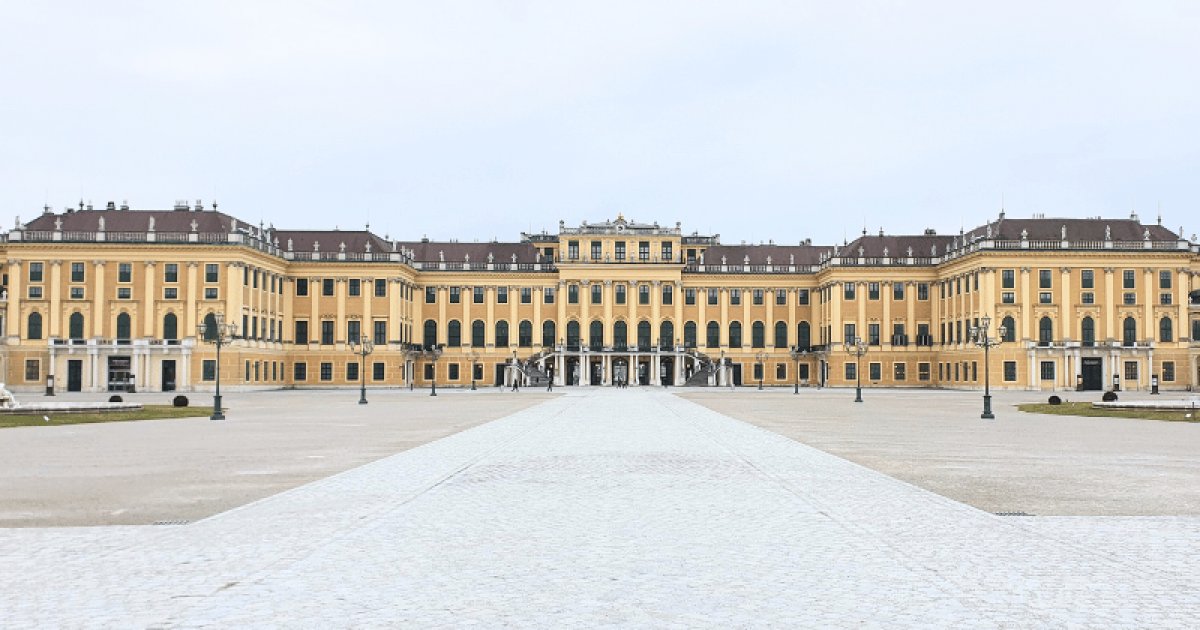Congress of Vienna
 Language: English / USA
Language: English / USA
The Congress of Vienna (1814-1815) was an international conference convened to redraw the political map of Europe after the Napoleonic Wars. The congress was held in the Austrian capital, Vienna, and attended by representatives of the major European powers: Austria, Russia, Prussia, Great Britain, and France, along with numerous other minor states.
The main objective of the Congress of Vienna was to reestablish the balance of power in Europe and prevent future continental wars. The conference was dominated by prominent figures such as the Austrian Chancellor Klemens von Metternich, British Foreign Minister Viscount Castlereagh, Russian Foreign Minister Karl von Nesselrode, and the French representative Charles-Maurice de Talleyrand.
Among the main decisions of the congress were:
- the restoration of monarchies: Many thrones overthrown during the Napoleonic Wars were restored. The Bourbons returned to power in France, Spain, and Naples.
- redrawing European borders: The borders of many states were redrawn. France returned to its 1792 borders, Prussia gained territories in Germany and Poland, Austria received control of Lombardy and Veneto, and the United Kingdom of the Netherlands was created by uniting Belgium and the Netherlands.
- the formation of the German Confederation: A league of 39 German states replaced the Holy Roman Empire, which had been dissolved in 1806.
- establishing a new balance of power among the European powers: A system of alliances was established to maintain the balance of power and prevent the domination of a single nation over Europe.
The Congress of Vienna succeeded in its goal of stabilizing Europe and ensuring a period of relative peace that lasted until the outbreak of World War I in 1914. Although not all nationalist and liberal aspirations were satisfied, the congress laid the foundations for the European political order of the 19th century and represented an example of multilateral diplomacy.


